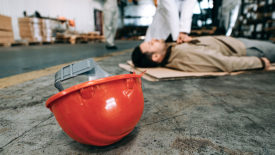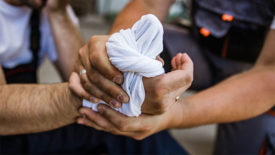Home » Keywords: » workplace injuries
Items Tagged with 'workplace injuries'
ARTICLES
NSC releases inaugural MSD Pledge community report on workplace injury progress
No organization earned a perfect score on the MSD Solutions Index
January 11, 2024
Never miss the latest news and trends driving the safety industry
eNewsletter | Website | eMagazine
JOIN TODAYCopyright ©2024. All Rights Reserved BNP Media.
Design, CMS, Hosting & Web Development :: ePublishing








![Heather Chapman[1].png](http://www.ishn.com/ext/resources/2022/10/27/Heather-Chapman[1].png?1666901789)

